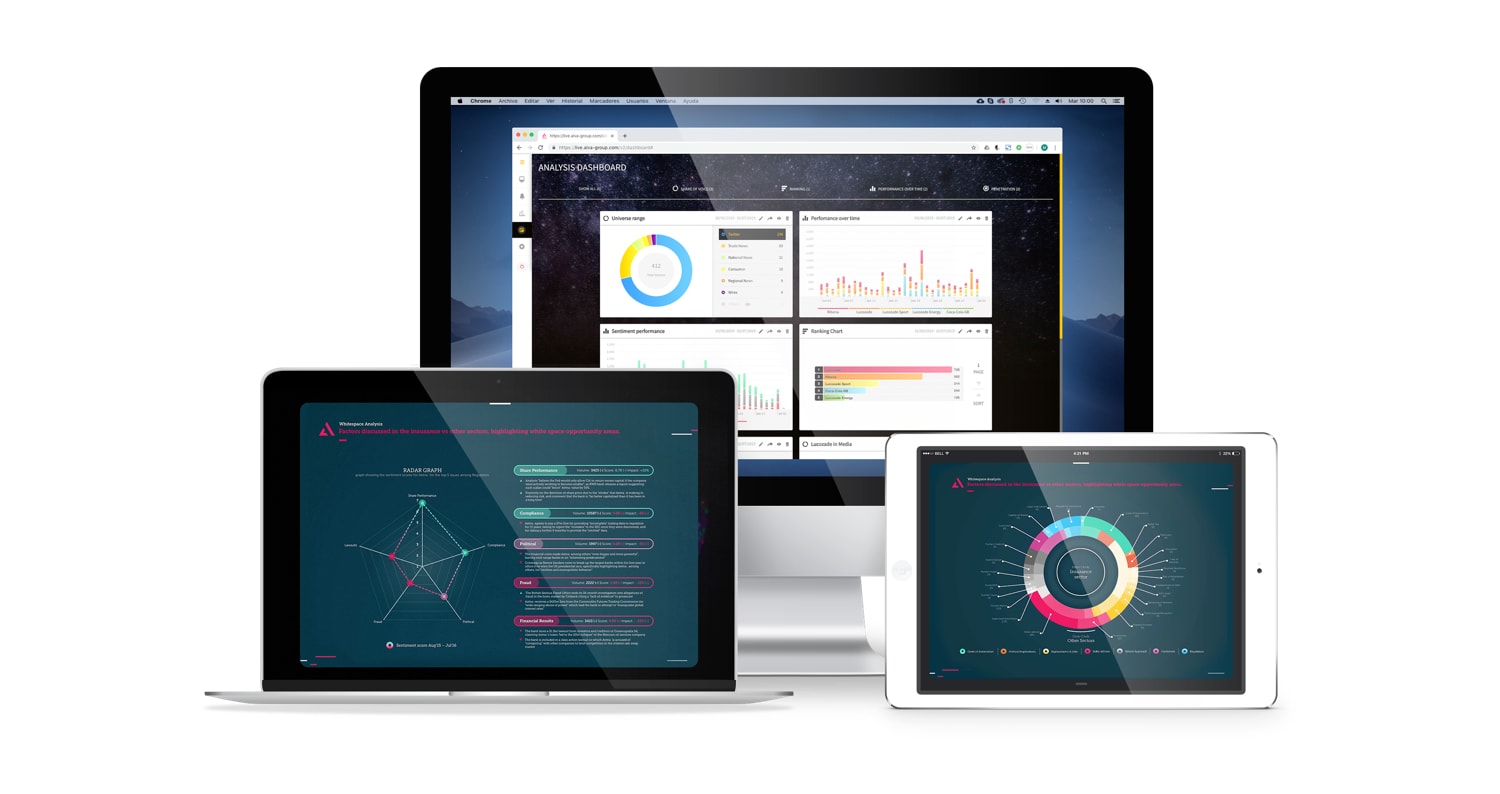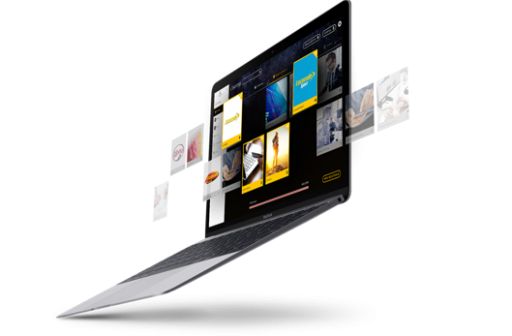Media intelligence reports: The essential ingredients
Without targeted, goal-driven medial intelligence reports, media monitoring is a waste of time, effort and money. While reports are tailored to their target audience, to get the best out of your media reporting tools, they should include real time information, comparable data, and metrics that feed into your company KPIs.
There’s no point knowing what you know if you can’t show what you know. What you need to know from your media intelligence solution is what is being said about your organisation, over which channels, by whom and to whom. The strength of sentiment expressed and the influence that sentiment has on your stakeholders is also key knowledge. And what you need to show are the results of your media monitoring and analysis, disseminated in a media intelligence report.
With a media landscape made up of tens of thousands of content streams broadcast by the global media, the volume of raw data being pumped into media monitoring tools is astounding. Add to that the endless commentary streaming over social media platforms, and it becomes overwhelming. Use of artificial intelligence and machine learning allows media intelligence to syphon off the content that matters to your organisation.
But even with these sophisticated solutions, the output can be too detailed to be useful. The importance of the well-crafted media monitoring report lies in presenting the vital stories to those that need to see them, in a format they can use to inform key business decisions.
What is a media monitoring report?
The media monitoring report is the culmination of media intelligence activity. This can include social media monitoring, press clippings, broadcast analysis – the gathering and analysis of any media mention of a given topic, individual, event or organisation. The media intelligence report collects and present this data via a single dashboard or document.
A media monitoring report is customised to its audience, distilling the content that matters to their business functions into a bespoke, digestible format. Reports can be as generic as end of quarter overviews of all media mentions, or as refined as the response on a given day across a particular platform by one stakeholder group. Campaign reports, sector, competitor and region reports, and crisis and recovery reports all provide useful insight.
The strengths and weaknesses of a particular digital marketing strategy can be highlighted in a targeted media report, for example. Or the response of a specific customer demographic to an upgrade in a product or service, gleaned via social listening.

The goals of a media analysis report
Before generating a media intelligence report, the business needs to outline the desired outcome of its media monitoring activities. Then the goals of its media reports can be set, ensuring they supply relevant, timely information to the people who need it. Goals will define which metrics and KPIs are measured and reported on.
- Overall mentions: Media monitoring supplies PR professionals with the ability to apply success metrics to their role in a way that has long been available to other business functions. Reports can clearly display the audience garnered by a comms campaign, sentiment generated and longevity of interest. A report can be tailored depending on whether it’s being presented to the board, the accounts department or used in an employee’s annual review.
- Geography: When are media mentions being identified, from what sources, and in which languages? Geographic mentions can highlight potential new markets, as well as existing markets that need renewed attention.
- Share of voice: Representations of the volume of mentions of the organisation or other subject, including source, whether social media or mainstream media; uptake, including shares, likes or comments; sentiment, whether positive or negative. All of which can be compared to the proportion of coverage garnered by other topics, sectors, or competitors.
- Target audiences: Whether the organisation’s communications output is reaching its intended market; how influential stakeholders are reacting to or sharing it; the demographics of those being reached; the markets that are being reached, and which are the most successful.
What is essential in a media analysis report?
No matter the purpose of the media analysis report being generated, certain universal characteristics make it fit for purpose. These include:
- Good design: Whether a report is generated as a PDF or on an interactive display, the design needs to be clear and accessible, and intuitive to read, directing users to the information they need, and avoiding visual clutter.
- Useful tools: Media monitoring tools can create interactive reports, such as that presented on a dashboard, which offer search tools, the ability to recut data as needed, and which can be tailored to individuals depending on their priorities.
- Real time reporting: In today’s media landscape, daily or even hourly reporting can fall behind the news cycle. For optimum media analysis, reporting needs to be in real time, or as near to it as possible. Continually updated, interactive reports with the functionality to drill down on specific topics are the ideal.
- Comparable data: Reports need to offer consistency, to allow coverage and sentiment to be mapped over time, as well as in the moment.
Be part of the
Stakeholder Intelligence community









